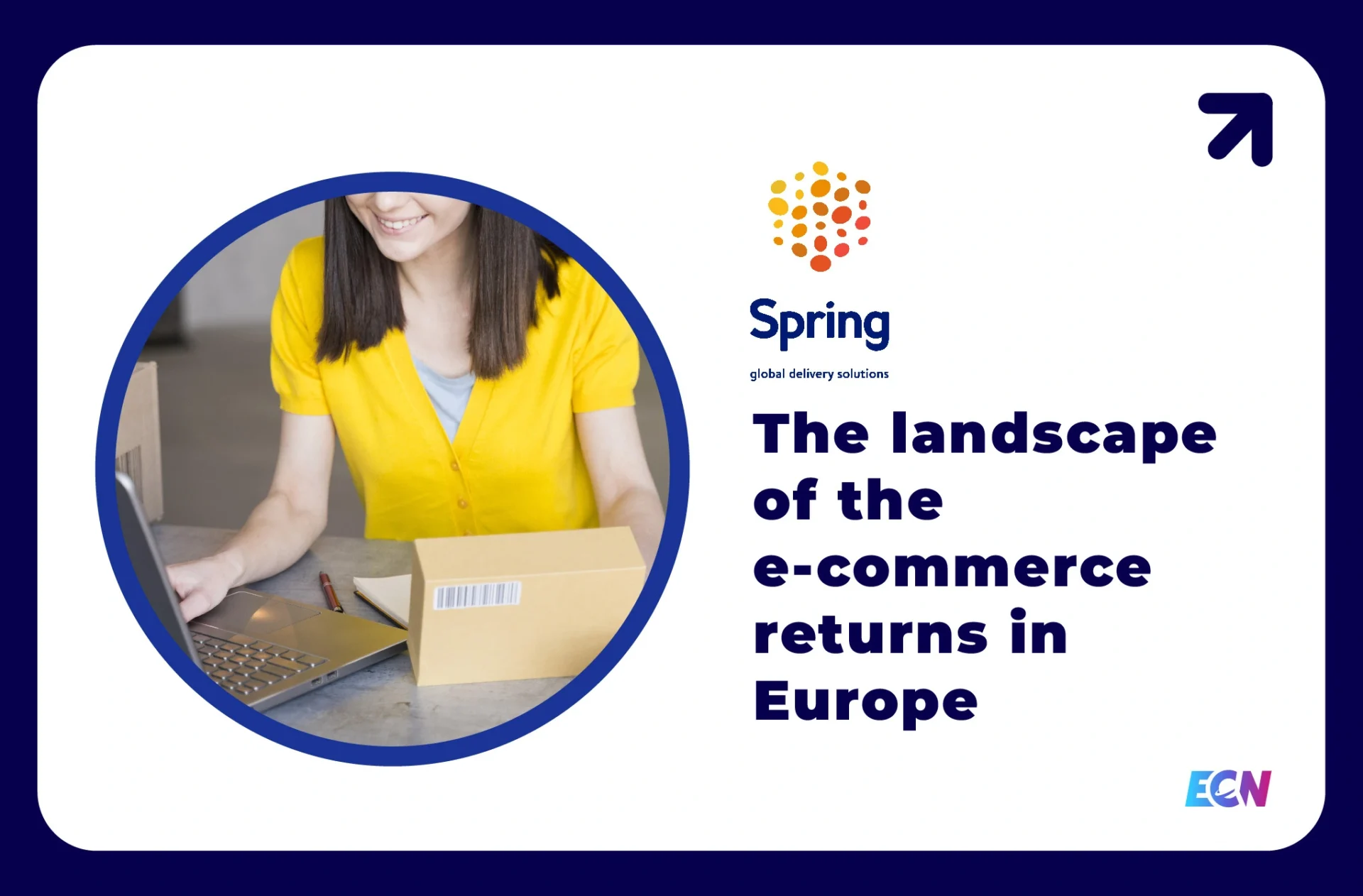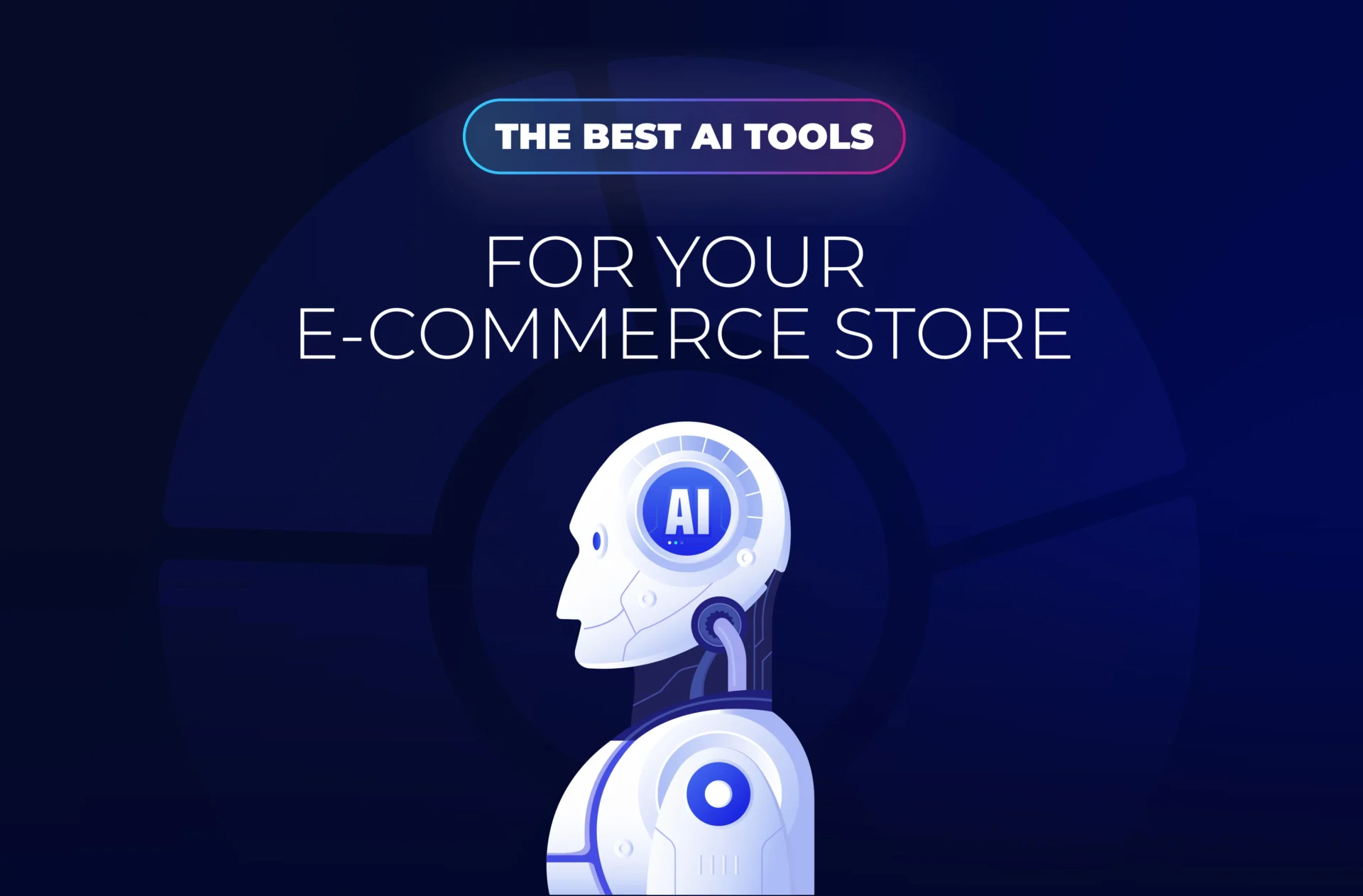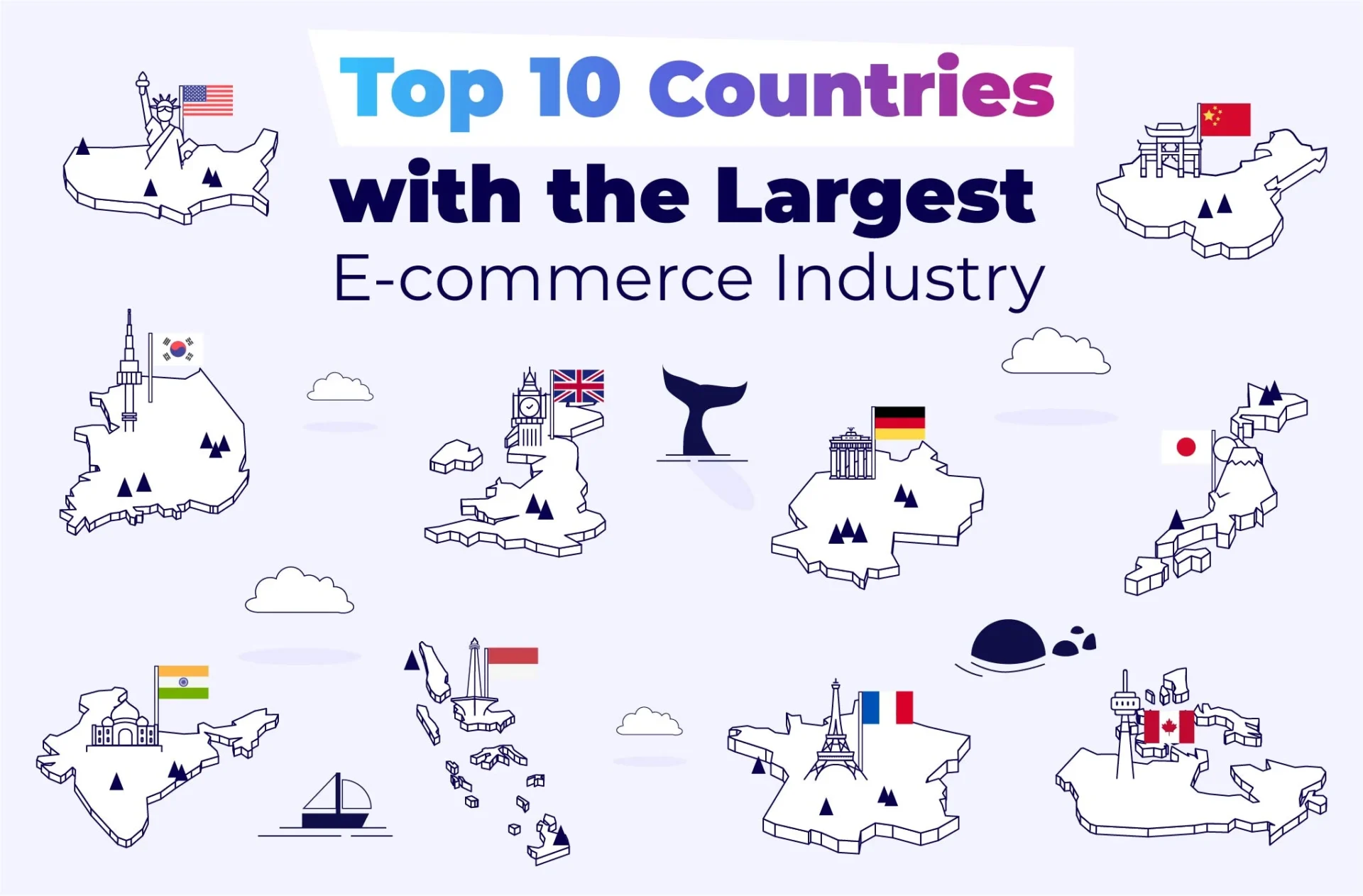In recent years there have been several notable examples of food brands finding success online from Graze, to Domino’s to Amazon’s recent venture into the food e-commerce market with their grocery offering of Amazon Fresh. With these big players finding major success in both marketing effectively to their audience online and selling to them online, it’s time more food brands took advantage of these growing opportunities.
Historically the major barriers for food brands selling online have been:
- People are reticent to purchase perishable products like fruit and vegetables in this indirect way
- Food is an extremely tangible product which can be difficult to convey effectively online
- The immediate convenience of popping to the shops when in need of a grocery item cannot be replaces by an e-commerce offering
Whatever the barriers for purchasing food online may be, consumer attitudes are changing, at the same time as technology advances and mobile penetration rates grow. With an increasingly internet savvy generation of millennials leading the way in e-commerce behaviour, brands need to find ways to meet these needs!
How can the food industry meet the developing needs of demanding consumers? Who’s buying food online? How are they buying food online? And what food are they buying online? Are all addressed in this food e-commerce infographic which looks at the latest trends and stats in the industry, brought to you by digital marketing agency ThoughtShift.

Wherever you stand on food e-commerce, it’s clear that this is a rising trend in the digital age. This not yet saturated niche presents a unique opportunity to e-commerce professionals everywhere and the food industry as we move ever closer to a completely digital shopping age.
What’s been your experience with food e-commerce? Tell us below or Tweet us!





